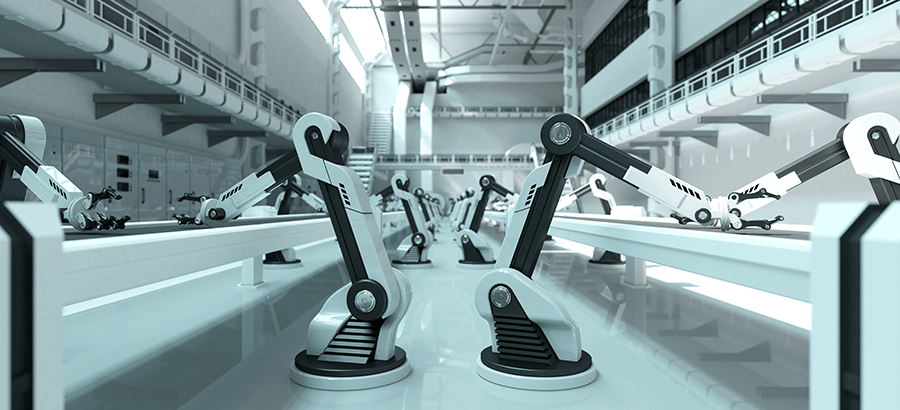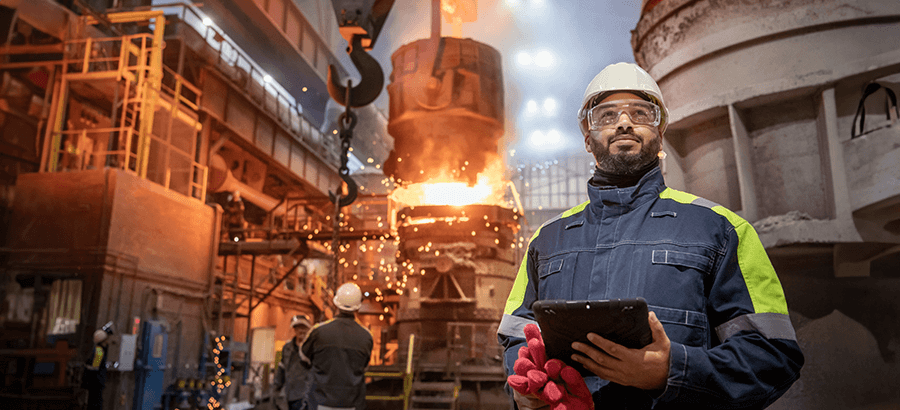It used to be that manufacturing was only considered important in emerging economies. Recently, however, analysts groups and influential business publications have started discussing the significance of a new wave of manufacturing that will pervade all economies. It’s what IDC call the Factory of the Future, and The Economist describes as the Third Industrial Revolution. It is also being advocated by an industry group – the ‘Smart Manufacturing Leadership Coalition’.
According to both the IDC, and Aberdeen Research’s Manufacturing Industry Outlook for 2013, manufacturing organizations are looking seriously at how their practices and processes need to change. According to The Economist the changes are likely to be disruptive, similar to the disruption experienced by the music and media industries as a result of digitization. The major changes predicted are:
- Customer fulfillment strategies – leading to change in the manufacturing process environment away from Make-To-Stock (MTS) and towards Make-To-Order and Assemble-To-Order. (This brings back the old promise of mass customization)
- Supply chain models – instead of having a few large factories servicing the globe with mass produced goods, components will be produced centrally and then shipped to smaller plants closer to sources of demand for final customization for local requirements.
- A centralized manufacturing information platform – what IDC call the ‘global plant floor’ with the network of smaller plants operating as a single virtual factory.
- Newer performance metrics – instead of maximizing production capability, the focus will be on flexibility and customer fulfillment.
Factories will make intensive use of automation, information technology, and (interestingly) people.
- Automation – using embedded sensors in machinery to support real-time data (also known as the ‘Internet of Things’)
- Information technology – to provide the transactional capabilities and analytical functionality in order to have the visibility and coordination across operations
- People – to make the decisions that will enable the flexibility required and handle the complexity of new ways of production
How would an ERP system like SYSPRO enable manufacturers to adopt these new strategies?
To support changing the customer fulfillment strategy, business should review their production schedule, material requirements plan and inventory planning. SYSPRO’s inventory management functionality provides the capability to optimize inventory levels at different location based on a variety of forecasting methods.
The concept of a virtual global plant floor sounds daunting until you appreciate it means that applications need to share information. SYSPRO has been allowing this for nearly a decade with its Integration Framework. Now with SYSPRO Workflow Services you can manage the interaction between applications. The systems for doing this can be run on-premise in the factories, or via SYSPRO’s various cloud options.
Monitoring of performance can be done with SYSPRO dashboards and analytics, or if you need the information on a mobile platform, with SYSPRO Espresso.
Does this all sound too easy? Yes, because the barriers to the Factory of the Future are not primarily technical, according to the IDC. They are going to be:
- Inconsistent processes across different production facilities
- Type of change management required
- Lack of skilled people
- Immature production technology
If you are in a manufacturing business, is the third industrial revolution just hype, are you looking at any new production strategies?








